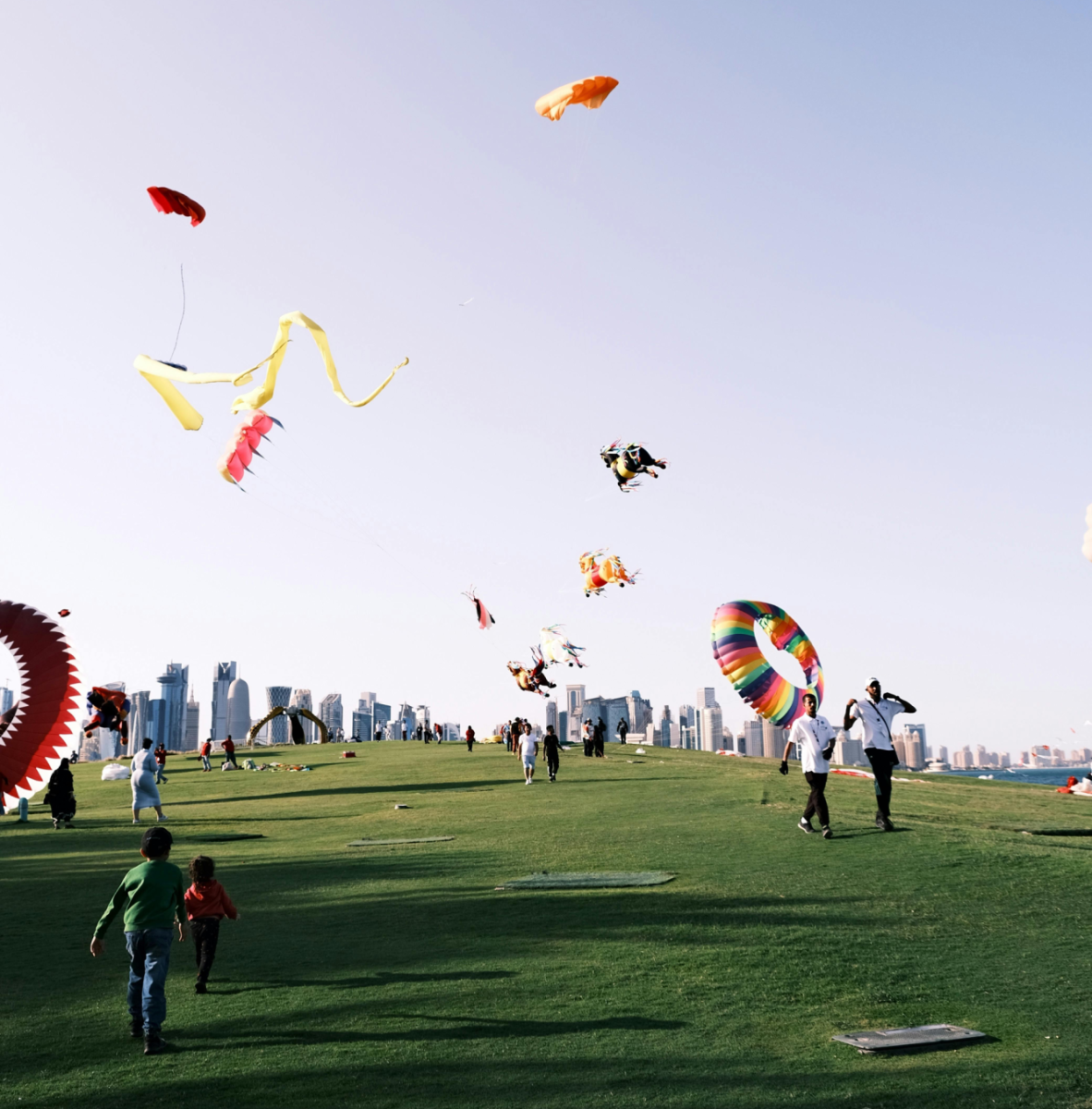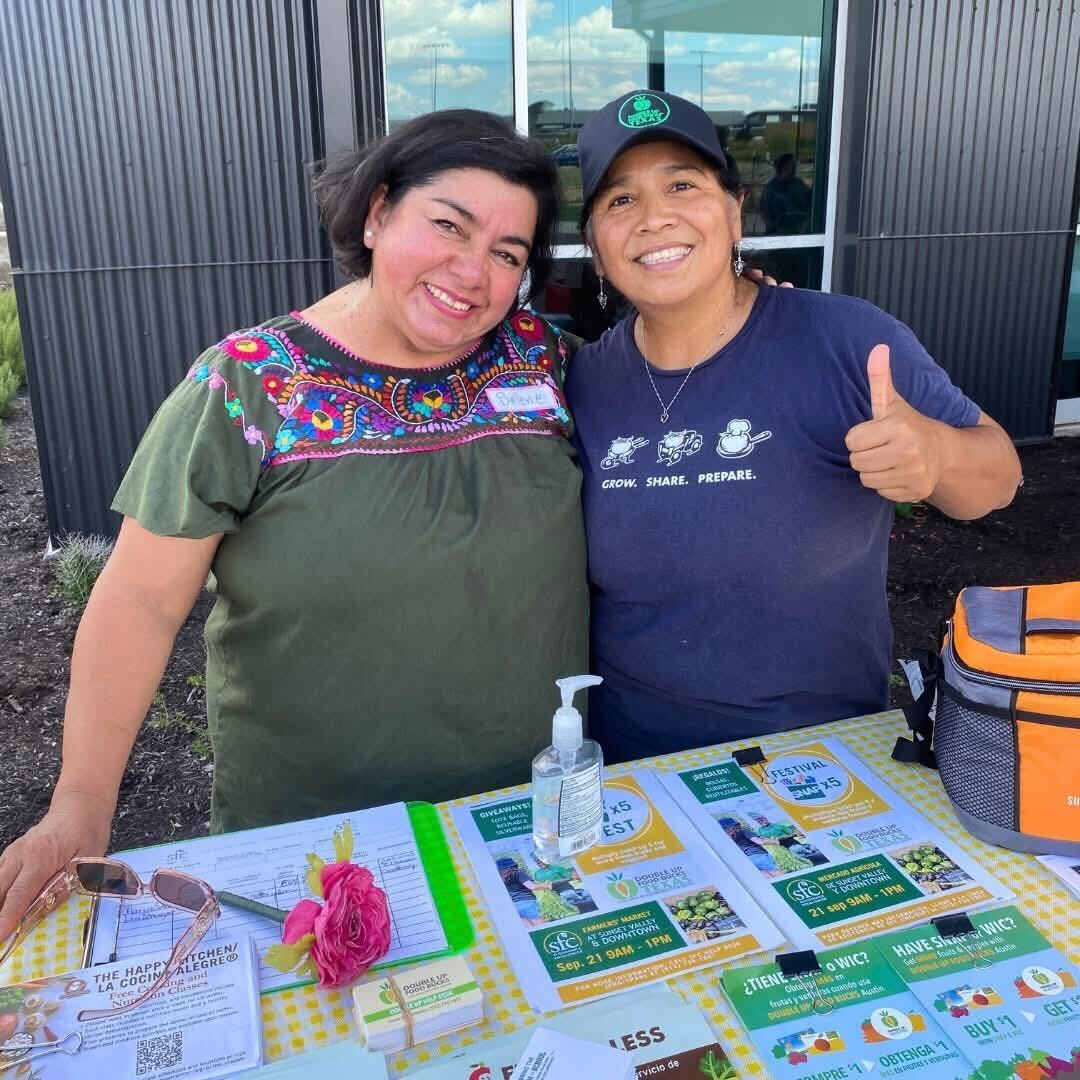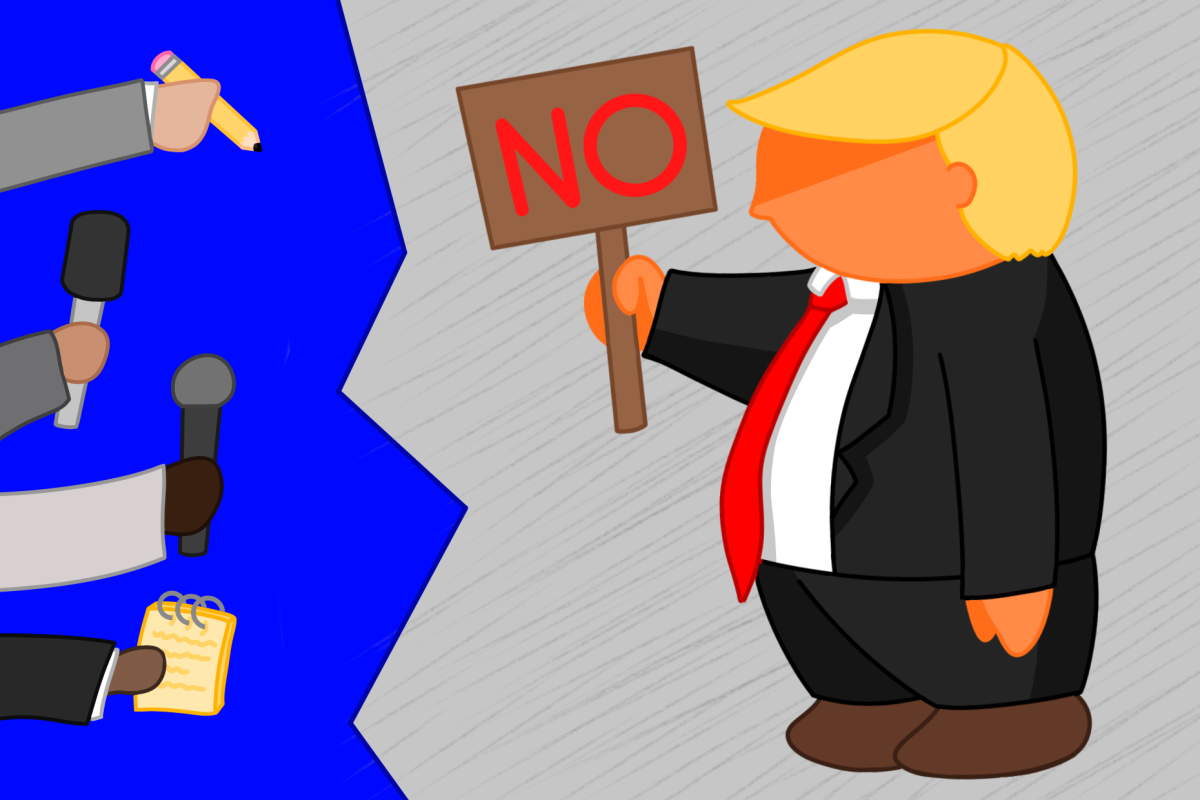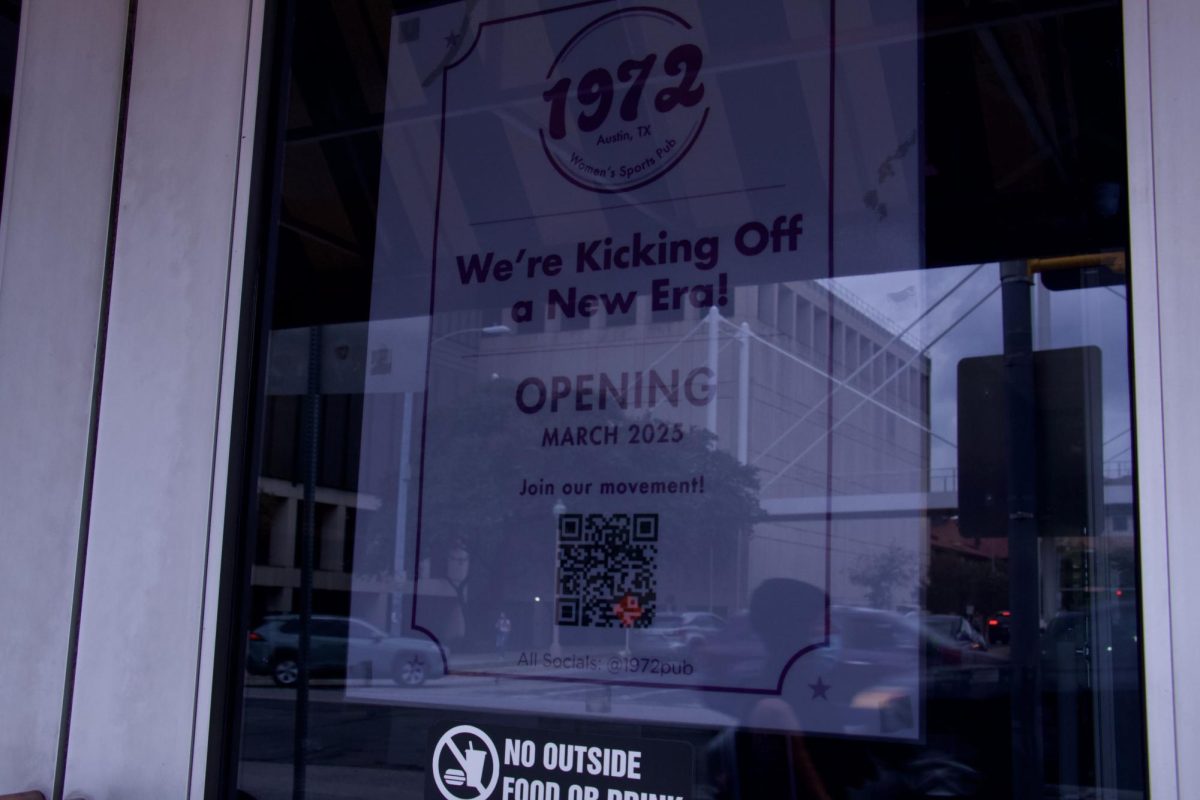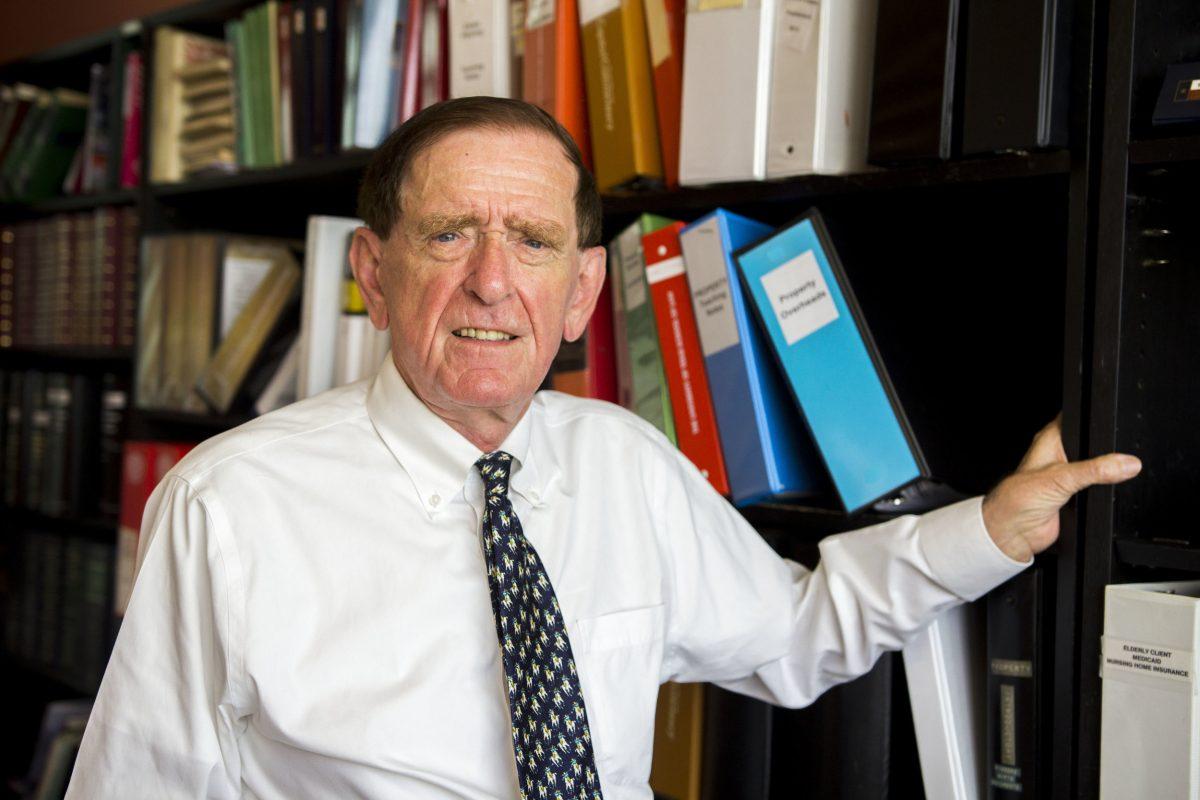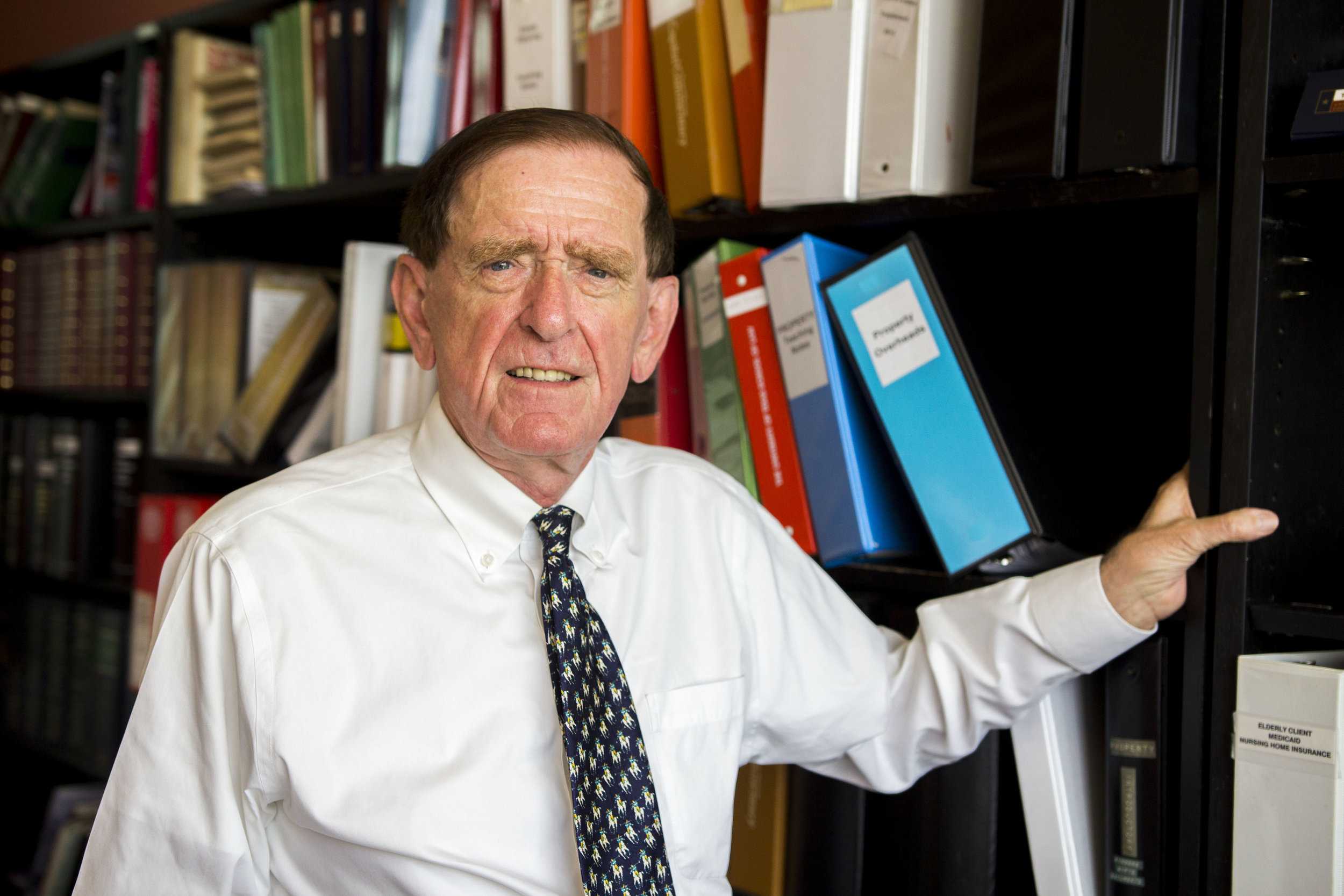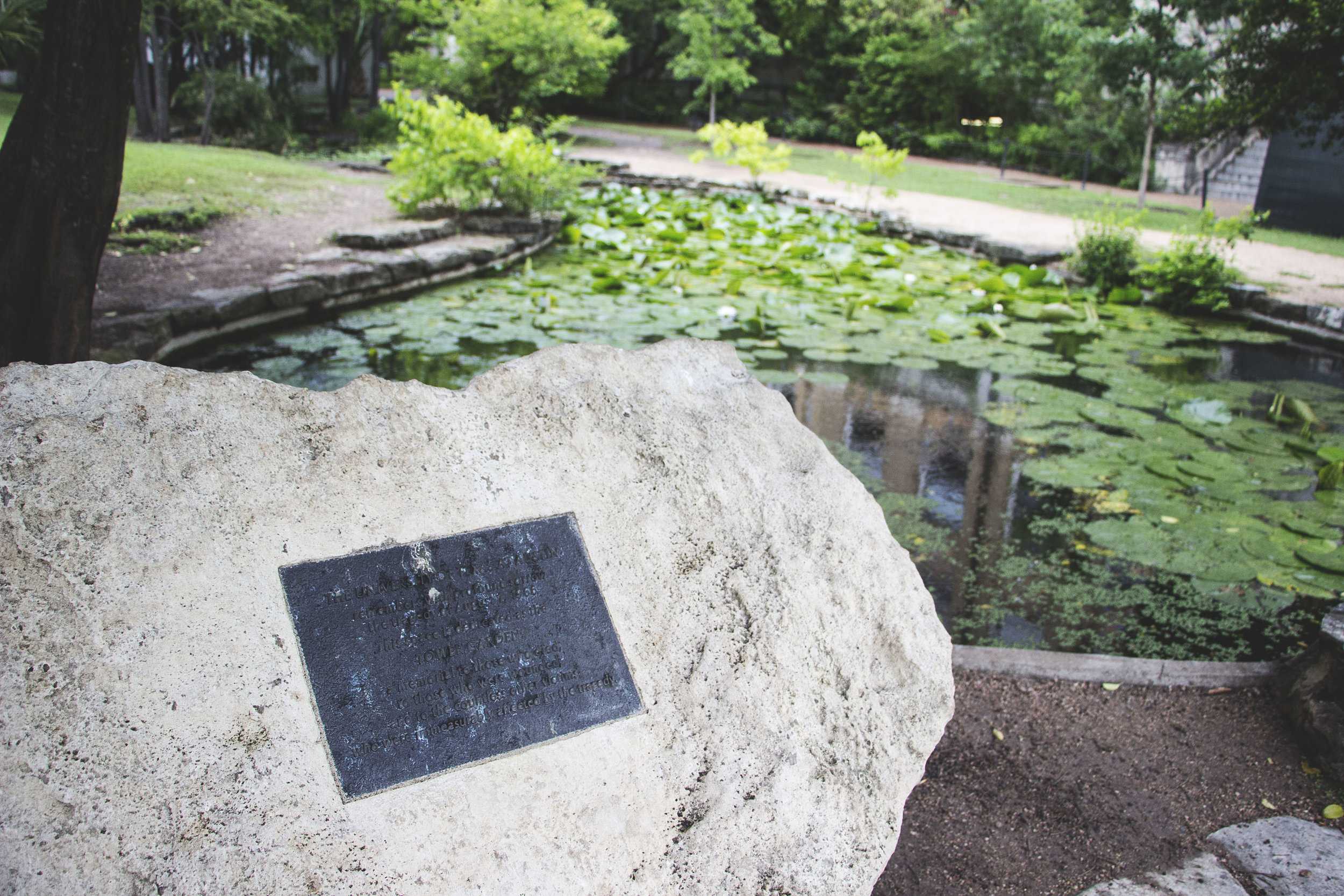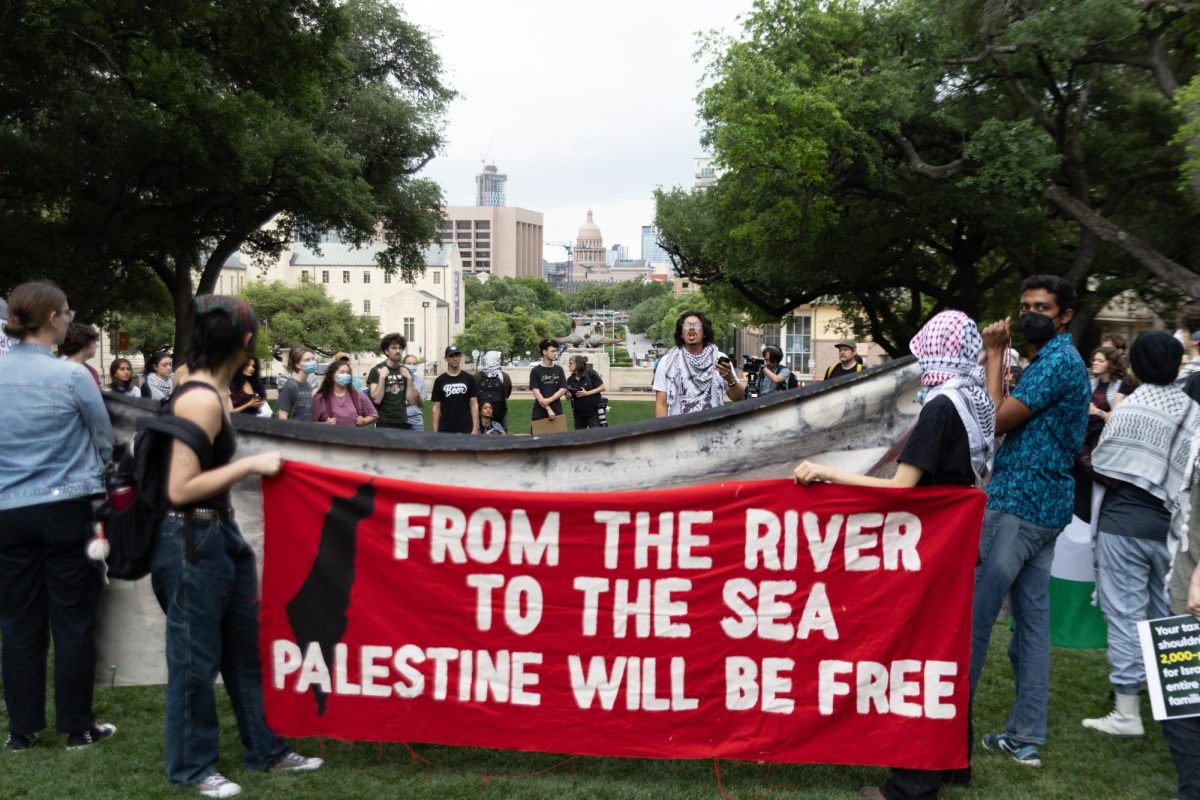Editors Note: This story originally appeared in our fifth digital issue.
“You couldn’t process this. It was not possible to process it. It was so… strange. Nothing like that had happened, certainly [not] in Austin, or anywhere, at that point in time.”
Story by Rachel Cooper
Photos by Natalie Campbell and Tess Cagle
On Aug. 1, 1966, University of Texas at Austin law professor Stanley Johanson had been teaching at UT for almost three years. He was teaching a summer school course, thanking God there was air conditioning on the sweltering 98-degree Monday. But suddenly, a little after noon, his lecture was interrupted. “Perhaps 10 minutes before the class was over, someone burst into the room,” Johanson says. “My first reaction was, ‘What the heck are you doing interfering with my course?’ That’s when he said, ‘There’s someone in the tower shooting. No one leave the building.’”
The shooter was ex-Marine Charles Whitman, who over the next hour and a half, would go on to shoot 46 people, fatally wounding 14. The incident marked the first mass school shooting in the U.S. and left the UT community and nation in a state of shock. “It was stunning,” Johanson says. “Many of us were impacted from a distance, but thank God not actually.”
University of Texas at Austin law professor Stanley Johanson
Fifty years later, the UT campus has found itself at the center of a heated debate over gun laws. It started with Senate Bill 11, also known as the campus carry law, which was passed last year on June 1. The bill will be enacted on August 1 of this year, coincidentally sharing a date with the 50th anniversary of the UT tower shooting.
However, Johanson notes that both long before and after the massacre, gun control was insignificant. “We had no debate as to guns and gun control at that time, because it wasn’t an issue,” Johanson says. “Because Mr. Whitman was so well-prepared to commit mayhem, any rule that said you can’t carry guns on campus would have had zero impact on him, because he was deranged. He was on a suicide mission. He knew he would not come out [alive]. So in that sense, it had zero relevance to today’s concern about guns on campus or anywhere.”
Concealed carry has been legal on public college campuses in Texas since 1995. However, the new campus carry law will additionally allow handguns inside many campus buildings, including classrooms and certain parts of residence halls.
Jacob Williamson, a computer science and electrical engineering senior and Students for Concealed Carry member, has expressed concern about connecting the new bill with school violence. “A lot of people like to make the campus carry issue about school shootings,” Williamson says. “Which in my opinion is very problematic, [on both sides]. Because the ‘for’ side says if I’m in a room and a guy comes in with a shotgun, then I’d rather have my [concealed carry weapon] than a textbook to defend myself. Then the ‘anti’ side says that people are going to shoot up the school because they have a concealed handgun license, but if it’s premeditated and if you’re going to kill a bunch of people, I don’t know if you having a license would make a difference.”
The implementation of House Bill 910 on Jan. 1 allowed licensed open carry of handguns in Texas everywhere except college campuses and private property marked with special signs. Williamson says one reason campus carry fears are unfounded is because many people are not scared of guns in other common areas they are allowed. “You’re not afraid on the Drag,” Williamson says. “You’re not afraid in H-E-B. You’re not afraid because they don’t cause problems. From a facts standpoint, at other universities and campuses that have allowed campus carry, no one’s gotten hurt.”
Gun Free UT legal committee chair and neuroscience professor Max Snodderly refutes Williamson’s argument of comparative perceived safety. “That’s like saying a university is not a special place,” Snodderly says. “There are situations in a university that don’t happen other places. You know where the biggest risks are with firearms? It’s when people get into arguments. People get into lots of heated discussions at a university where they have very big differences in opinion. You want a gun in that kind of situation? [The university] has a sacred duty to protect free speech in the most intimate and controversial ways.”
Snodderly and Gun Free UT are pushing for evaluation of alternatives to guns as a way to ensure safety. Among the possibilities is the implementation of a UT safety app and the establishment of a research center.
In response to the current implementation guidelines set by UT President Gregory Fenves from the suggestion of the Campus Carry Policy Working Group, Gun Free UT is currently in the process of formulating and filing a lawsuit. “The president could have recommended that there not be guns in classrooms,” Snodderly says. “He didn’t. We were disappointed. He could’ve recommended anything he wanted, and then let them try to pull it back, but he wasn’t willing to take the political risk. [The law is] not a rational thing. It’s doing great harm to the university. We have people resigning, deciding not to come here. It’s setting up a negative atmosphere. Why do we have to put up with this?”
With the law at the center of the argument, law enforcement is what attempts to mediate the two sides. Today, UT has its own police department to help deal with these situations, but it wasn’t founded until 1968, two years after the shooting. UTPD Crime Prevention Unit officer William Pieper believes that if the department had already been established, it could have helped the situation. “One of the detractions to an effective response by the Austin Police Department was a lack of familiarity with the campus,” Pieper says. “When you work out here, you get to know the campus very well.”
Tower Shooting memorial.
Pieper says there are other standard resources that would have helped half a century ago. “The two most significant changes [in the U.S.] since the Whitman incident was the development of law enforcement on college campuses and the development of active shooter training for line officers,” Pieper says. According to Pieper, active shooter training for UT Police officers and many others started in the late ‘90s. Education and resources have developed, and officers are now equipped with diverse firearms as well as active shooter vests and helmets.
Many civilians brought their own firearms to the scene of the tower shooting to try and aid law enforcement who did not have long guns at the time. While this fact is used as a supporting argument for pro-gun groups, it can be seen both positively and negatively. “[Citizens using guns] added to some confusion and chaos, particularly when the event was over,” Pieper says. “When the officers that took Whitman out finished that siege, there were still a lot of people around shooting up at the tower, and there was really no way to communicate with them. That made it dangerous for the officers and civilian that were up there.”
Come August, concealed carry holders who use their weapons as a form of self-defense will pose a challenge to police officers responding to the scene. “When we go to an active shooter situation, anyone that has a gun out is a suspect,” Pieper says. “We’re going to have to take swift action, and yet we still don’t want to shoot an innocent person, so we’re going to have to fetter that out. It’s my hope in an active shooter situation, that whoever does have a concealed carry license and is armed, that they do the same things we ask everyone else to do in an active shooter situation, which are the five outs.” The five outs instruct anyone involved to get out, call out, hide out, keep out and take out. “If you’re a concealed carry holder, and you feel you need to draw your gun and fire, then do that, but make sure your gun is holstered when we come in,” Pieper says.
Since the campus carry law has been passed, UTPD has had an influx of requests for safety presentations and training. Pieper often addresses the fear of classroom debates mixing with concealed carry holders. “Have you had heated debates that broke out into fights, or stabbings?” Pieper asks. “No? Why not? Well, because we brought it down when it got too heated. That’s what you’re going to do now — everything you’ve been doing in the past. We’ve hopefully been mitigating some of those fears through training processes and public education.”
Additionally, through Pieper’s experience with the current concealed carry law, he has seen that most licensed holders are knowledgeable and tend to obey the law. “They’re not going to risk losing their license,” Pieper says.
The 50th anniversary of the tower shooting also prompted new efforts to establish a memorial. Currently, there is a small plaque by the UT Turtle Pond that dedicates the space as the Tower Garden as a memorial to all victims. The Texas Tower Memorial Committee is planning a larger monument that will list the names of those killed, and though nothing is finalized, there is hope to unveil it on August 1.
People touring the tower will hear nothing about the tragedy mentioned as a part of the history. However, Johanson says that it is notorious enough not to be forgotten. “You can’t avoid it,” Johanson says. “The tower’s there, and you’ve heard. This [does not] fade from memory. It’s such a stark symbol of the skyline, so I think that’s a memory jogger.” Johanson is in support of the new memorial, although he feels that a large one already exists. “In a sense we do have a memorial,” Johanson says. “The Texas tower is there.”




